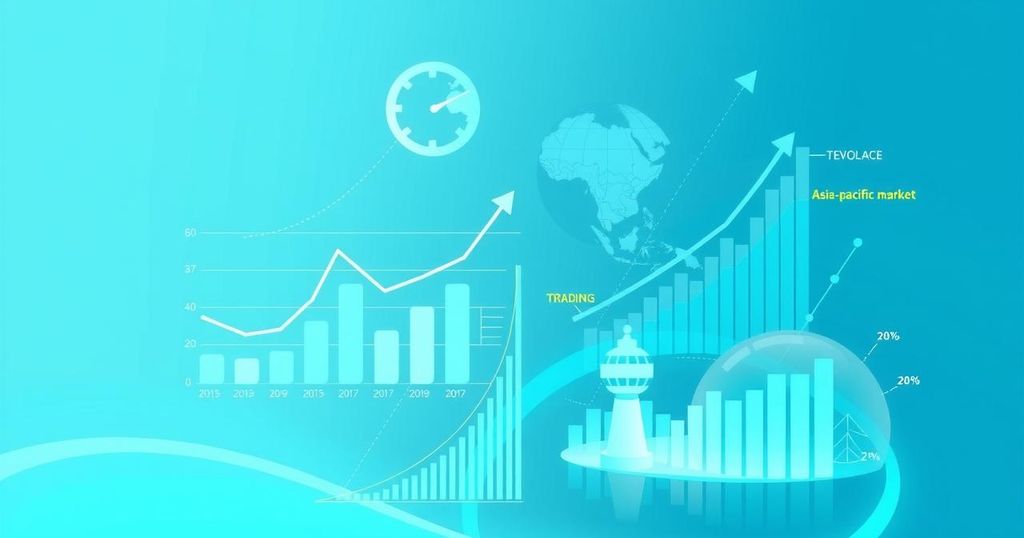The Evolution of Blueberry Production: A Journey Through Time in Peru
This article by Diego Castagnasso reflects on the significant evolution of Agroinversiones Valle y Pampa in Peru, where he details the journey from a desert landscape to a flourishing blueberry operation. With a focus on adapting to market changes, exploring new varieties, and employing innovative farming techniques, the farm exemplifies resilience within the industry. Furthermore, Castagnasso encourages dialogue regarding the evolving needs of clients in the blueberry market.
Diego Castagnasso, a prominent expert in the fresh produce and blueberry industry, shares insights from his recent visit to a blueberry farm in Pisco, Peru. This site holds special significance for him, as it marks his first visit a decade ago, where he formed lasting friendships with the owners. Their journey epitomizes the remarkable evolution of the blueberry industry in the region.
Fifteen years ago, Agroinversiones Valle y Pampa existed in a barren landscape resembling the Sahara Desert. Initially, their approach was simple, focusing on open systems with the cultivation of Biloxi and Misti varieties. Challenges were abundant, but they remained committed to enhancing their operations, exploring various options such as asparagus mulch and effective plastic pollution.
Over the course of ten years, the industry landscape shifted towards premium varieties, prompting the farm to establish a partnership with FAMILY TREE FARMS, leading to the formation of FAMILY FARMS PERU. This new direction incorporated MBO varieties such as the “Eurekas,” including innovative options like the Eureka Gold. Rather than the initial 70 ha, they now cultivate nearly 600 ha, demonstrating remarkable growth and adaptability.
The evolution of their operational model to Closed/Club Systems meant restrictions on selling their fruits, shifting the commercialization to a U.S. headquarters. Undoubtedly, considerations weighed heavily on Miguel, the CEO of both companies and brother to Technical Director Juan Pablo, but the trade-off for evolution proved advantageous. Observing their progress is a testament to their hard work and commitment to improvement.
FAMILY FARMS PERU is not only expanding in land area; they are investing in innovation—implementing experimental pruning techniques, various pollination methods, and AI analyses to enhance product quality. Castagnasso emphasizes the importance of understanding the client base as the next significant step, encouraging feedback on whether the newly available varieties align with client needs.
As Castagnasso travels, he invites further engagement and questions from readers, hinting at his commitment to fostering community discussions in the industry. He wraps up his reflections urging readers to share the content within their networks, while also allowing the option for discretion in contributions to future newsletters.
In summary, Diego Castagnasso recounts his transformative visit to Agroinversiones Valle y Pampa, highlighting the impressive evolution of the blueberry industry in Peru. Through strategic partnerships, innovative practices, and a focus on premium varieties, the farm has flourished from modest beginnings. Castagnasso’s emphasis on client needs underscores the industry’s continual evolution and the significance of maintaining attentive and responsive business practices.
Original Source: www.freshfruitportal.com




Post Comment